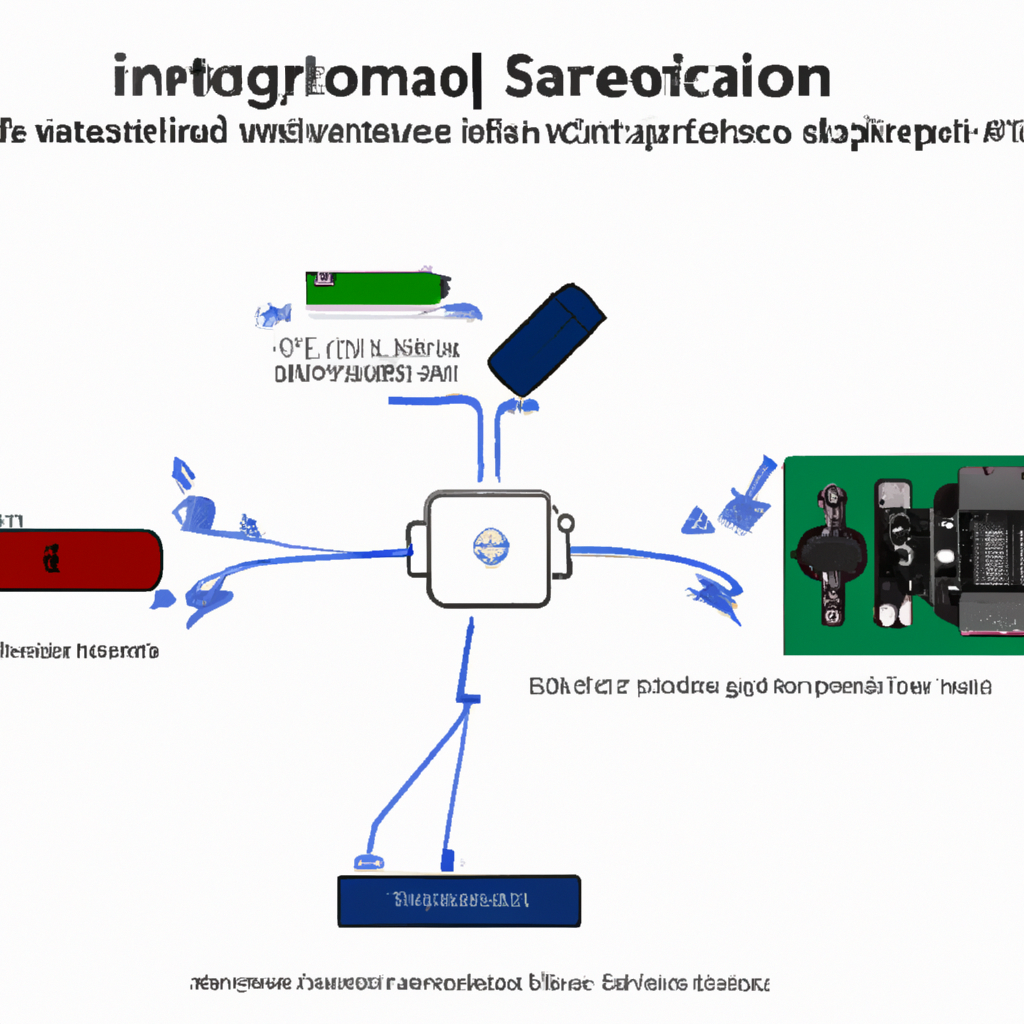
Hook: Achieve Precision in Robotics with Sensor Integration
Imagine you’re working on a complex robotics project. It demands both creativity and precision. A key challenge is integrating sensors for optimal performance. Sound familiar? Overcoming this hurdle is crucial for success. In this fast-paced field, staying updated with the latest sensor technologies is essential. Let’s enhance your project by integrating sensors with engineering precision.
Understanding Sensor Integration
Sensor integration is crucial for advancing robotics projects. What does it involve? It means incorporating various sensors into a control system to improve functionality and accuracy. Common sensors in robotics include infrared sensors for obstacle detection, ultrasonic sensors for measuring distance, and gyroscopic sensors for maintaining balance. These sensors are vital for reliable data collection. Remember, safety first! Ensuring these sensors work together is key for accurate data processing.
Overcoming Optimization Challenges
A major issue is optimizing sensor integration. Proper sensor placement and calibration are vital for data accuracy and system responsiveness. One effective method is developing a ’threat model’. This analysis identifies risks and vulnerabilities in sensor data integrity. It helps prioritize actions to mitigate threats, keeping your system robust. Consider a successful robotics project where sensors were strategically placed and calibrated to reduce noise interference, resulting in superior data clarity and response times.
Staying Current with Sensor Technologies
Keeping up with new sensor technologies can boost your project’s success. Free and Open Source Software (FOSS) communities play a key role here. They share innovations and updates in sensor integration. Maintainers incorporate these new sensor libraries into open-source projects, ensuring you have the best tools. Engage in forums and workshops—these platforms are rich in information. Learn from peers and contribute your insights to stay at the forefront of technology trends.
Key Insight: Active participation in FOSS communities and continuous learning are crucial for mastering new sensor technologies and staying competitive.
Scaling Projects with Advanced Control Systems
As projects grow, a scalable control system architecture is crucial. It allows seamless sensor integration without disrupting the system, like building a modular Lego set. Using a vector database is another strategy for managing and accessing sensor data efficiently. These databases handle AI embeddings, ensuring fast and reliable data retrieval, critical in large-scale robotics applications.
Conclusion and Actionable Takeaways
In conclusion, precise sensor integration is essential for optimizing and scaling your robotics projects. Regularly review and update your sensor technologies. Use open-source resources and conduct thorough threat modeling to secure your systems. With the right approach to sensor integration, always prioritize safety. You can achieve incredible results. Let’s build something amazing!